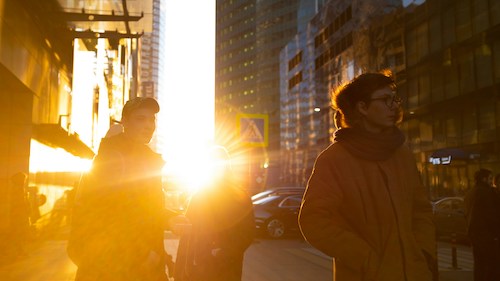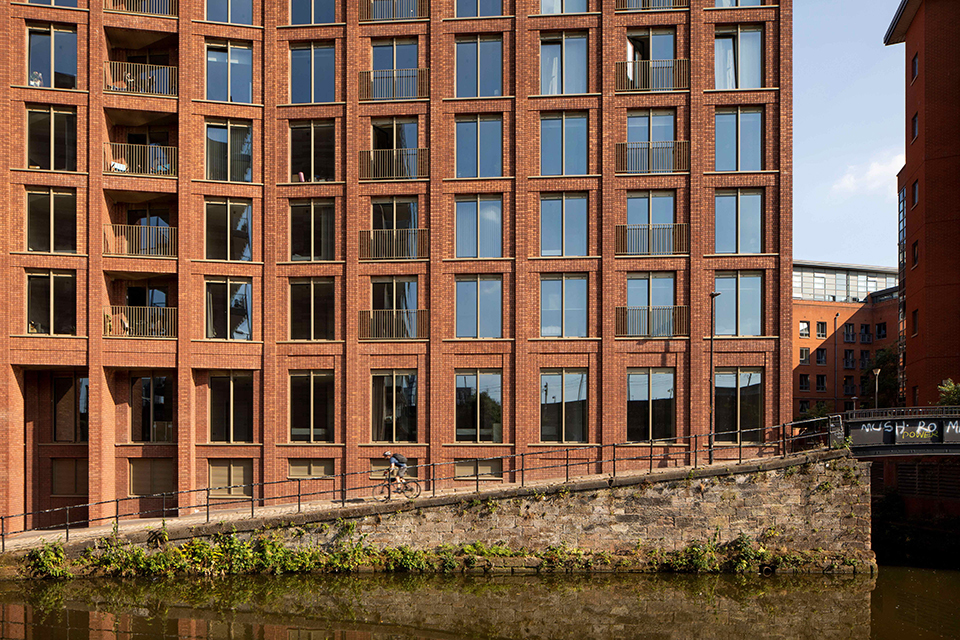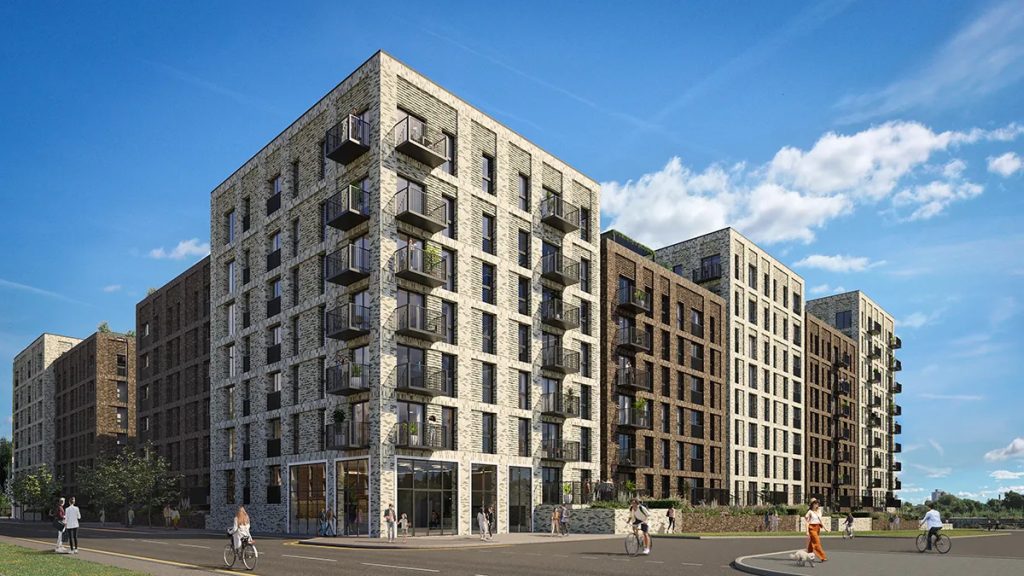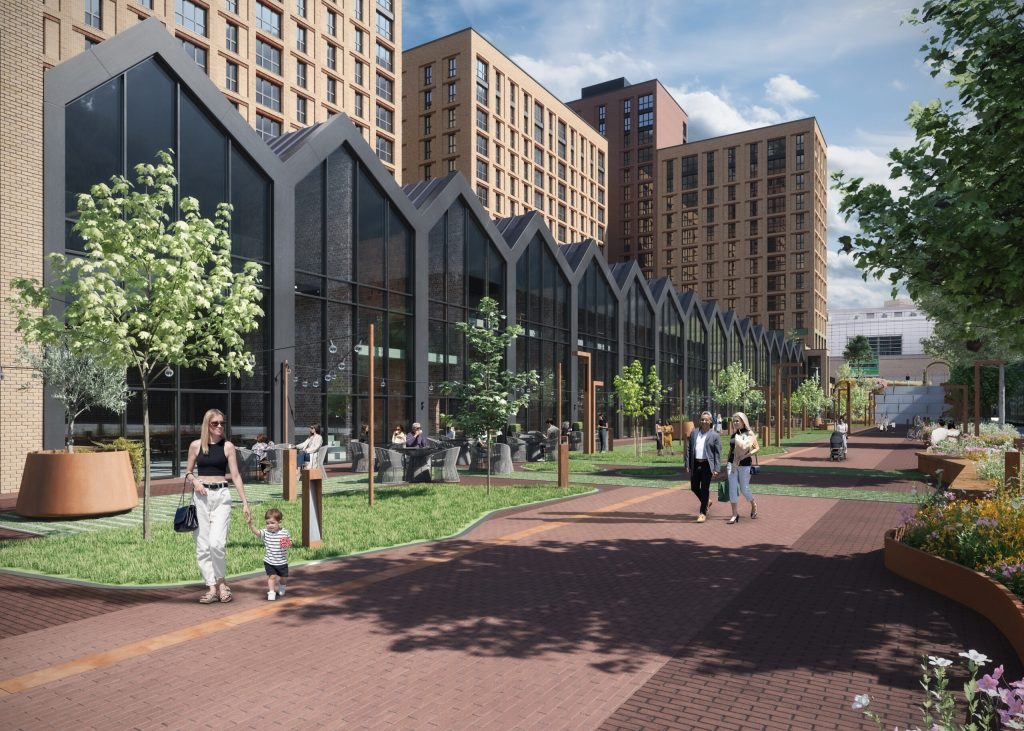As urbanisation intensifies, cities like Birmingham are increasingly grappling with the heat island effect, a phenomenon where urban areas become significantly warmer than their rural counterparts. This temperature rise results from human activities and the proliferation of heat-absorbing surfaces like concrete and asphalt. To counteract this, Birmingham is implementing a variety of urban cooling strategies aimed at reducing temperatures and improving the quality of life for its residents. These initiatives not only enhance the city’s environment but also present intriguing opportunities for property investment.
Understanding the Urban Heat Island Effect
Urban heat islands (UHIs) occur due to several factors, including the dense concentration of buildings and roads, limited green spaces, and human activities that generate heat. The consequences of UHIs are manifold: increased energy consumption, elevated emissions of pollutants and greenhouse gases, and adverse health effects, particularly for vulnerable populations.
Birmingham’s Urban Cooling Initiatives
- Expanding Green Spaces
One of the most effective ways to combat UHIs is by increasing green spaces. Birmingham has been investing in the development and expansion of parks, gardens, and green roofs. Green spaces not only provide shade but also cool the air through the process of evapotranspiration. Notable projects include the rejuvenation of Cannon Hill Park and the introduction of green roofs on commercial buildings in the city centre.
For property investors, proximity to green spaces is a significant draw. Properties near parks and gardens typically command higher prices and rental yields due to the enhanced quality of life they offer. Investing in developments that incorporate green spaces can therefore be highly advantageous.
- Implementing Cool Roofs and Pavements
Cool roofs and pavements are designed to reflect more sunlight and absorb less heat compared to traditional materials. Birmingham is promoting the use of reflective roofing materials and lighter-coloured pavements in new developments and renovations. These materials help lower the ambient temperature, reducing the need for air conditioning and, consequently, energy consumption.
Properties featuring cool roofs and pavements are not only more energy-efficient but also more attractive to environmentally conscious buyers and renters. This can lead to increased property values and stronger market demand.
- Enhancing Urban Tree Canopy
Birmingham has been proactive in increasing its urban tree canopy. Trees provide significant cooling through shading and evapotranspiration, and they also improve air quality and enhance the aesthetic appeal of urban areas. The city’s tree-planting initiatives, such as the Birmingham Trees for Life programme, aim to plant thousands of trees across the city.
Properties in well-treed areas benefit from the cooling effects and the improved visual appeal of lush, green surroundings. For investors, these areas are highly desirable, as they attract higher rents and longer-term tenants who value the natural environment.
- Promoting Sustainable Building Practices
The city is encouraging developers to adopt sustainable building practices that contribute to urban cooling. This includes the integration of green roofs, living walls, and energy-efficient building designs. Sustainable buildings not only reduce the heat island effect but also lower energy costs and provide healthier living conditions.
Investing in sustainable buildings is a wise strategy for property investors. These buildings tend to have lower operating costs and higher occupancy rates, making them financially attractive. Additionally, the growing demand for green buildings ensures strong long-term investment potential.
TK Property Group notes that investors who focus on properties benefiting from these urban cooling strategies can expect increased property values, higher rental yields, and strong long-term growth potential. By aligning their investment strategies with Birmingham’s sustainability goals, investors can contribute to the city’s environmental efforts while securing profitable and resilient investments in the evolving property market.





